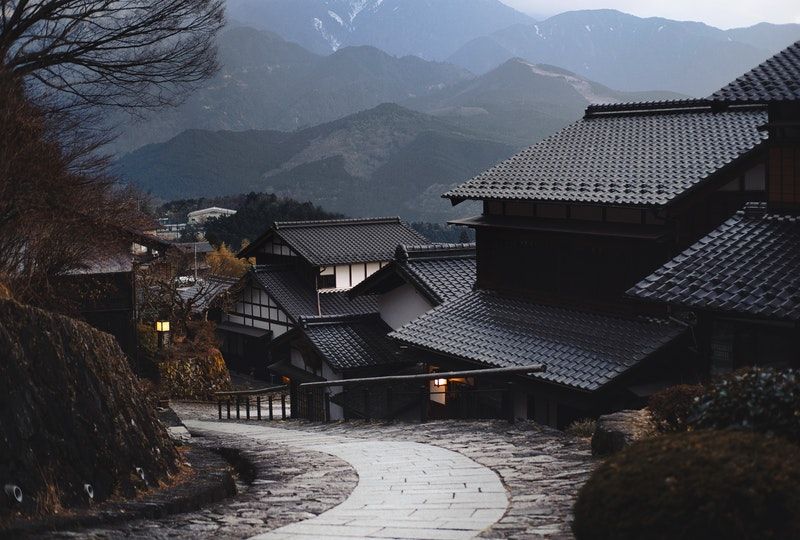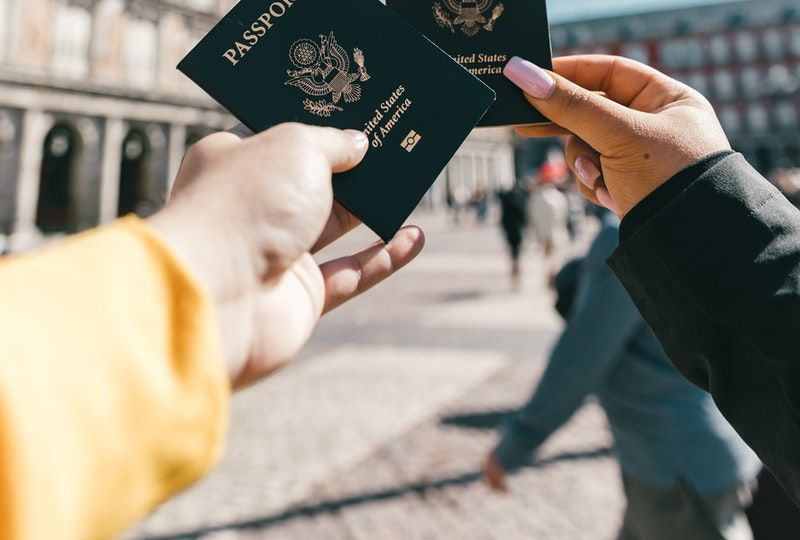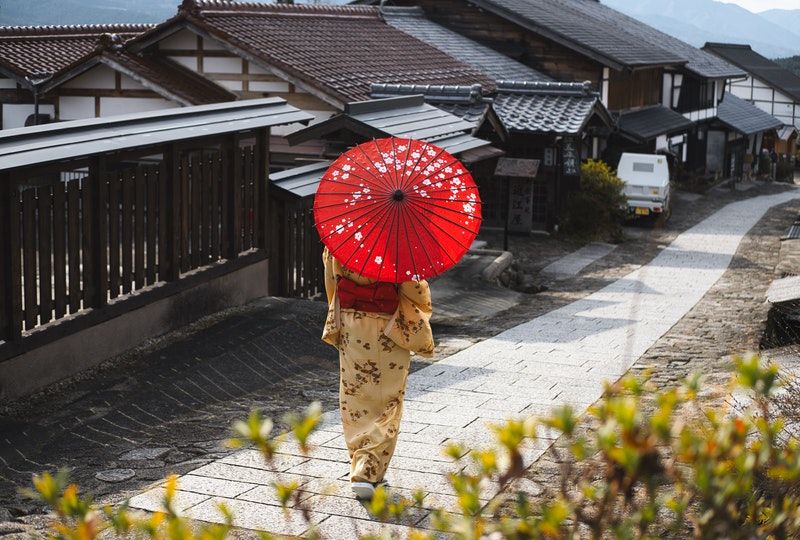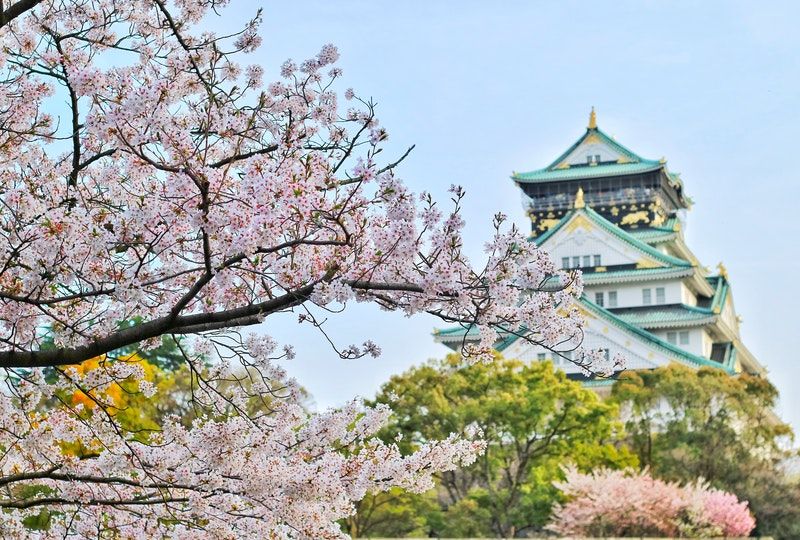Learn Japanese Misconceptions about Americans before You Travel to Japan

You history buffs out there may know that Japan was entirely isolated from other countries until 1846, when the US military forced its way in. As such, in historical terms, it really hasn’t been open to visitors for long. Therefore, it’s understandable that the Japanese people have some pretty strange beliefs about tourists. There may be Japan travel restrictions at the moment, but if you want to visit Japan eventually, there’s no time like the present to learn Japanese myths about visitors.
The Japanese myths about Americans generally arise from various prejudices, rumors, or as a result of the information passed by the entertainment industry. It will help if, as you learn Japanese, you become aware of these myths before you travel to Japan. That way, you’ll be prepared once Japan travel restrictions lift and you can respond accordingly (and maybe even share a laugh) if any misconceptions.

Top 10 Japanese Myths about American Tourists
1. American Tourists Don’t Speak Japanese
It’s an understandable misconception among the Japanese that all tourists speak English and none are capable of interacting with them in Japanese. After all, English is a frequently used language, and Japanese and English are very different languages. However, there are almost 500 thousand Japanese-speaking Americans today, so this is definitely a myth. Plus, many people can learn Japanese words when they travel to Japan.
During your visit to Japan, you might notice locals putting extra effort into trying to communicate with you in English. If this happens and you are trying to learn Japanese, make a point of speaking in Japanese, even if it isn’t perfect. The Japanese people you encounter will likely appreciate it!
2. Americans Can’t Use Chopsticks
It is not uncommon to hear waiters asking tourists, “Can you use chopsticks?” This is because most Japanese people think visitors can only use a knife and fork. Perhaps they have a point; studies show that 4% of Americans can use chopsticks effectively. However, generalizations don’t apply to everyone, and you may want to practice your chopstick skills before you visit Japan.
3. American Tourists Eat Cheeseburgers Every Day
In the United States, Japanese restaurants have become more common and serve various dishes like sushi, tempura, ramen, and so on. However, the Japanese don’t necessarily know this, and some still believe that Americans eat nothing but cheeseburgers! This stereotype is easy to dispel by choosing more adventurous items on menus or asking for “omakase” (chef’s choice) if you’re not sure what to order.
4. Americans Get Around
One stereotype about Western tourists in general is that white tourists are promiscuous. This is due to the wide difference in the level of sexual content present in Hollywood movies in comparison to the conservative form of TV drama produced in Japanese media.
We, of course, know this isn’t necessarily the case. Despite higher levels of PDA in the US, a study by YouGov shows that 71%-75% of participants find kissing and heavy petting in public inappropriate. Plus, personal levels of comfort with sexual activity vary from person to person and aren’t fully dependent on culture.
5. Americans Never Remove Their Shoes
This is my personal favorite rumor. I once heard about an American English teacher in Japan who was asked if he wore his shoes in the bathtub!
The myth that Americans wear shoes 24/7 arises from the fact that most Americans wear shoes in the house, a habit that is not accepted in Japanese culture. Some Americans wear shoes in the house because they have clean mud-free walkways which leave their shoes relatively clean. They may also do this because of the fast-paced lifestyle. However, few of us regularly sleep with our shoes on!
6. Americans Are Big
One of the more unfortunate myths about Americans has to do with size. This myth is easy to trace to Hollywood, where Americans are often shown as large people who inhale cheeseburgers on the regular (see Myth 3).
To be fair, this myth does have roots in fact. For example, the average Japanese woman is 5’1” and weighs 116 lbs. In the US, the average woman is 5’4” and weighs 170 lbs. Thus, the average American woman is both taller and heavier. However, generalizations are generalizations. There are plenty of short, slim people living in the US too. If you defy the stereotype, simply be prepared for people to be surprised by your stature.
7. Americans Have Large Noses
Speaking of size, a very funny myth among the Japanese folks is that all Americans have big noses. This is mostly uncomfortable for foreigners who have probably been able to learn Japanese and interpret comments about their “big nose.”
The truth, however, is actually flattering. Most Japanese people argue that takai hana, which means prominent or noble nose, is a compliment!. The classic Japanese nose is wider and flatter than the “tall” Western noses that stick out farther, and some Japanese people feel their own noses are low and unstylish. (Note from the author–I’m half Japanese, half Caucasian, and many Japanese people compliment me on my takai hana).
8. American Tourists Are Criminals
Owing to the large amount of violence in Hollywood movies, a high percentage of the Japanese population feel tourists are more likely to commit crimes, lie, or cheat. Japan is a relatively crime-free country, which makes the population extra cautious. Tourists are most times denied access to hotels, hot springs, and so on because of this myth.
It might surprise paranoid Japanese people that native Japanese folks commit 15% more crime than gaikokujin (general term for foreigners). This shows that this stereotypic myth is not true. To dispel this myth, simply do your best to act honestly and with integrity while in Japan.
9. Americans Are Lazy
Most tourists of any race can be seen loitering, having fun while natives go about their activities at a very fast pace. This has, over time, led some Japanese people to believe that Americans are not hardworking people. A poll shows that 75% of Japanese participants think Americans are not inventive or hardworking.
This view is contrary to available data, however. In 2013, the average working hours of an American employee were 1788 hours while that of a Japanese employee was 1735 hours. You can dispel this rumor in Japan by showing yourself willing to pitch in when there’s work to do.
10. Americans Are Friendly
This is a mostly positive myth. From the point of view of most Japanese folks, American tourists are carefree and sociable. This is because most tourists are often seen taking pictures, pointing at scenery, laughing, and joking in loud voices. However, some Japanese think that this goes too far into the realm of being inconsiderate.
This gives Americans in Japan the “carefree” label; you might hear something like nonkina hito (carefree people). However, this is not fully true—tourists and sightseers have been known to show these same behaviors. To avoid perpetuating the negative part of this myth, remain considerate of those around you and try not to make too much noise in areas where others seem to be quiet (such as on the train).

Bonus Myth! All Westerners are Americans
Some Japanese erroneously believe all seiyohjin (Westerners or Western ocean people) as Americans. This means every non-Asian person is an American. This includes Americans, Europeans, and Australians. This is likely because Americans are simply the most visible foreigners to the Japanese because of the entertainment industry. The most commonly used words to refer to these tourists are Gaijin or Gaikokujin in formal occasions. If you’re from a different country, you have a great opportunity to tell the Japanese about your homeland once Japan travel restrictions lift.

Learn Japanese Myths Before You Visit Japan
Now you know a bit about the most common Japanese myths about American tourists! It is very important to be aware of these myths, which are a result of cultural differences and values. After all, if you learn Japanese stereotypes, you’ll be better prepared and prevent cultural shock once Japan travel restrictions become less strict.
If you want more information to prepare for your travel to Japan, you can learn more about Japanese on Speechling’s website. We have a wealth of resources available! On our blog, check out our articles about the benefits of being bilingual and how to improve your Japanese pronunciation with tongue twisters on Speechling. You can also use Speechling’s app or tutoring service to master spoken Japanese. With our help, you’ll be ready to seamlessly enjoy Japanese culture once Japan travel restrictions are a thing of the past and you can travel to Japan!
